Species Photo Gallery for Philaenus spumarius Meadow Spittlebug 58 |
 | Photo by: Marilyn Westphal, Nora Murdock
Henderson Co.
Comment: Cold but mostly sunny, temp about 45. |  | Photo by: Marilyn Westphal, Nora Murdock
Henderson Co.
Comment: Jumped onto beat sheet tossed on ground in a grassy trail in a river floodplain. |
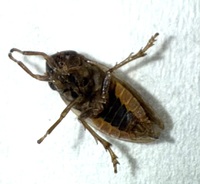 | Photo by: Marilyn Westphal, Nora Murdock
Henderson Co.
Comment: Jumped onto beat sheet tossed on ground in a grassy trail in a river floodplain. | 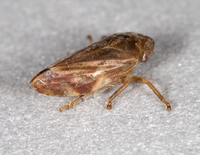 | Photo by: Jim Petranka and Becky Elkin
Madison Co.
Comment: |
 | Photo by: Jim Petranka and Becky Elkin
Madison Co.
Comment: | 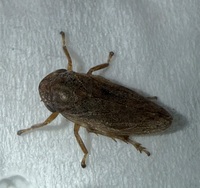 | Photo by: Marilyn Westphal, Nora Murdock
Henderson Co.
Comment: Using beat sheet |
 | Photo by: Marilyn Westphal, Nora Murdock
Henderson Co.
Comment: Using beat sheet |  | Photo by: Marilyn Westphal
Henderson Co.
Comment: |
 | Photo by: Marilyn Westphal
Henderson Co.
Comment: | 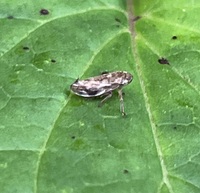 | Photo by: Marilyn Westphal
Haywood Co.
Comment: |
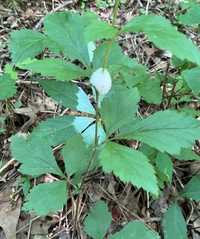 | Photo by: Ken Kneidel
Mecklenburg Co.
Comment: |  | Photo by: Ken Kneidel
Mecklenburg Co.
Comment: |
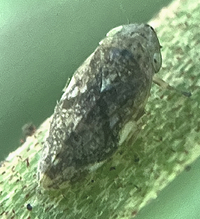 | Photo by: Ken Kneidel
Watauga Co.
Comment: |  | Photo by: Ken Kneidel
Watauga Co.
Comment: |
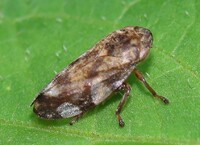 | Photo by: Rob Van Epps
Watauga Co.
Comment: Grassy, weedy field in wooded neighborhood at high elevation. |  | Photo by: Ted Wilcox
Watauga Co.
Comment: unid_spittlebug |
 | Photo by: Ted Wilcox
Watauga Co.
Comment: unid_spittlebug | 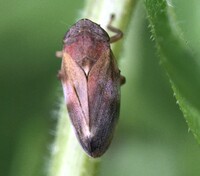 | Photo by: Ted Wilcox
Watauga Co.
Comment: unid_leafhopper |
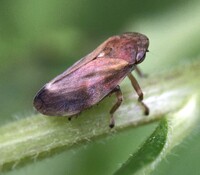 | Photo by: Ted Wilcox
Watauga Co.
Comment: unid_leafhopper | 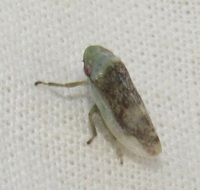 | Photo by: B. Bockhahn
Avery Co.
Comment: unid_treehopper - unid_leafhopper - unid_leafhopper |
 | Photo by: B. Bockhahn
Avery Co.
Comment: |  | Photo by: B. Bockhahn
Avery Co.
Comment: |
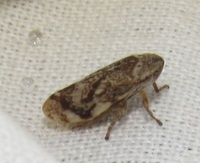 | Photo by: B. Bockhahn
Avery Co.
Comment: |  | Photo by: Ted Wilcox
Watauga Co.
Comment: unid_leafhopper |
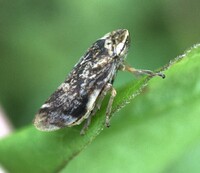 | Photo by: Ted Wilcox
Watauga Co.
Comment: unid_leafhopper |  | Photo by: Ted Wilcox
Watauga Co.
Comment: unid_leafhopper |
 | Photo by: Ted Wilcox
Watauga Co.
Comment: unid_leafhopper | 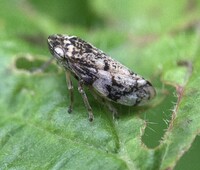 | Photo by: Ted Wilcox
Watauga Co.
Comment: unid_leafhopper |
 | Photo by: Ted Wilcox
Watauga Co.
Comment: | 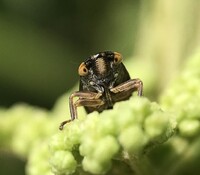 | Photo by: Ted Wilcox
Watauga Co.
Comment: |
 | Photo by: Ted Wilcox
Watauga Co.
Comment: | 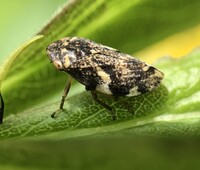 | Photo by: Ted Wilcox
Watauga Co.
Comment: |
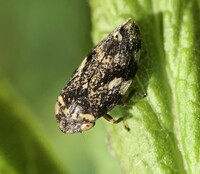 | Photo by: Ted Wilcox
Watauga Co.
Comment: | 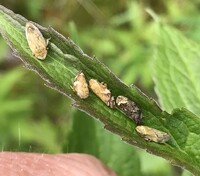 | Photo by: Ted Wilcox
Watauga Co.
Comment: |
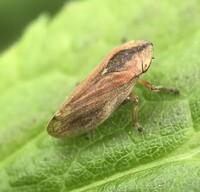 | Photo by: Ted Wilcox
Watauga Co.
Comment: | 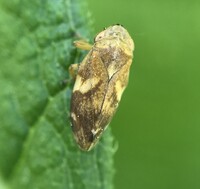 | Photo by: Ted Wilcox
Watauga Co.
Comment: |
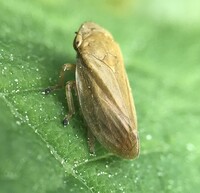 | Photo by: Ted Wilcox
Watauga Co.
Comment: | 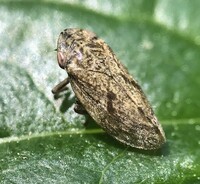 | Photo by: Ted Wilcox
Watauga Co.
Comment: |
 | Photo by: Ted Wilcox
Watauga Co.
Comment: | 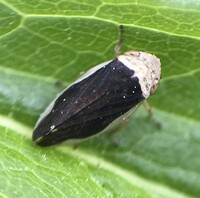 | Photo by: Ted Wilcox
Watauga Co.
Comment: |
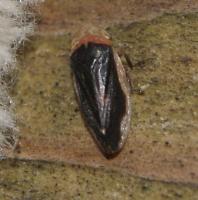 | Photo by: Vin Stanton
Buncombe Co.
Comment: |  | Photo by: Jim Petranka
Madison Co.
Comment: |
 | Photo by: Rob Van Epps
Mecklenburg Co.
Comment: Grassy, open area. | 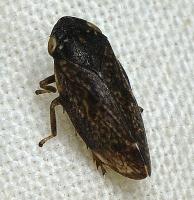 | Photo by: Kyle Kittelberger, Brian Bockhahn, Paul Scharf
Avery Co.
Comment: grassy, brushy habitat and forest edge/interior |
 | Photo by: Kyle Kittelberger, Brian Bockhahn, Paul Scharf
Caldwell Co.
Comment: grassy, brushy habitat along roadside | 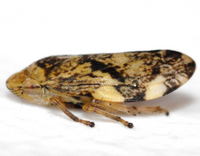 | Photo by: Kyle Kittelberger, Brian Bockhahn, Paul Scharf
Mitchell Co.
Comment: grassy, brushy vegetation in the open on the top of the mountain; the bald |
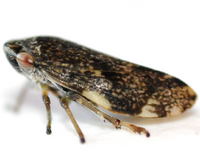 | Photo by: Kyle Kittelberger, Brian Bockhahn, Paul Scharf
Avery Co.
Comment: grassy and brushy vegetation surrounded by forest | 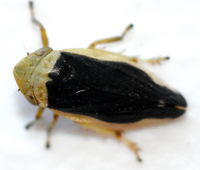 | Photo by: Kyle Kittelberger, Brian Bockhahn, Paul Scharf
Avery Co.
Comment: grassy and brushy vegetation surrounded by forest |
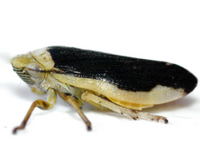 | Photo by: Kyle Kittelberger, Brian Bockhahn, Paul Scharf
Avery Co.
Comment: grassy and brushy vegetation surrounded by forest |  | Photo by: Kyle Kittelberger, Brian Bockhahn, Paul Scharf
Avery Co.
Comment: grassy and brushy vegetation surrounded by forest |
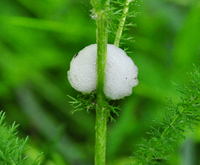 | Photo by: Kyle Kittelberger, Brian Bockhahn, Paul Scharf
Avery Co.
Comment: grassy and brushy vegetation surrounded by forest |  | Photo by: Paul Scharf
Warren Co.
Comment: NYMPH, Found in Spittle |
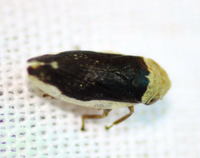 | Photo by: Kyle Kittelberger, Brian Bockhahn, Paul Scharf
Surry Co.
Comment: grassy, brushy habitat near forest edge & forest | 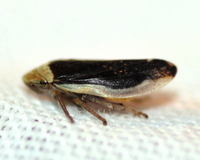 | Photo by: Kyle Kittelberger, Brian Bockhahn, Paul Scharf
Surry Co.
Comment: grassy, brushy habitat near forest edge & forest |
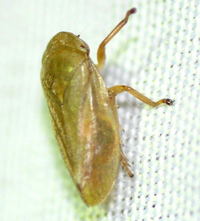 | Photo by: Kyle Kittelberger, Brian Bockhahn, Paul Scharf
Ashe Co.
Comment: mixed hardwood forest habitat; one of many varieties |  | Photo by: Kyle Kittelberger
Wake Co.
Comment: spittle found in a marshy/very vegetated section of Falls Lake, near a creek |
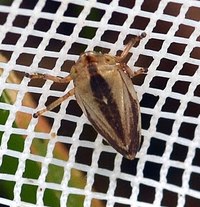 | Photo by: Paul Scharf
Ashe Co.
Comment: Spotted on Milkweed | 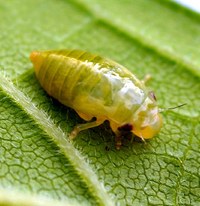 | Photo by: Paul Scharf
Warren Co.
Comment: Nymph Spotted on leaf ( Milkweed ? ) |
|

 »
»
 »
»